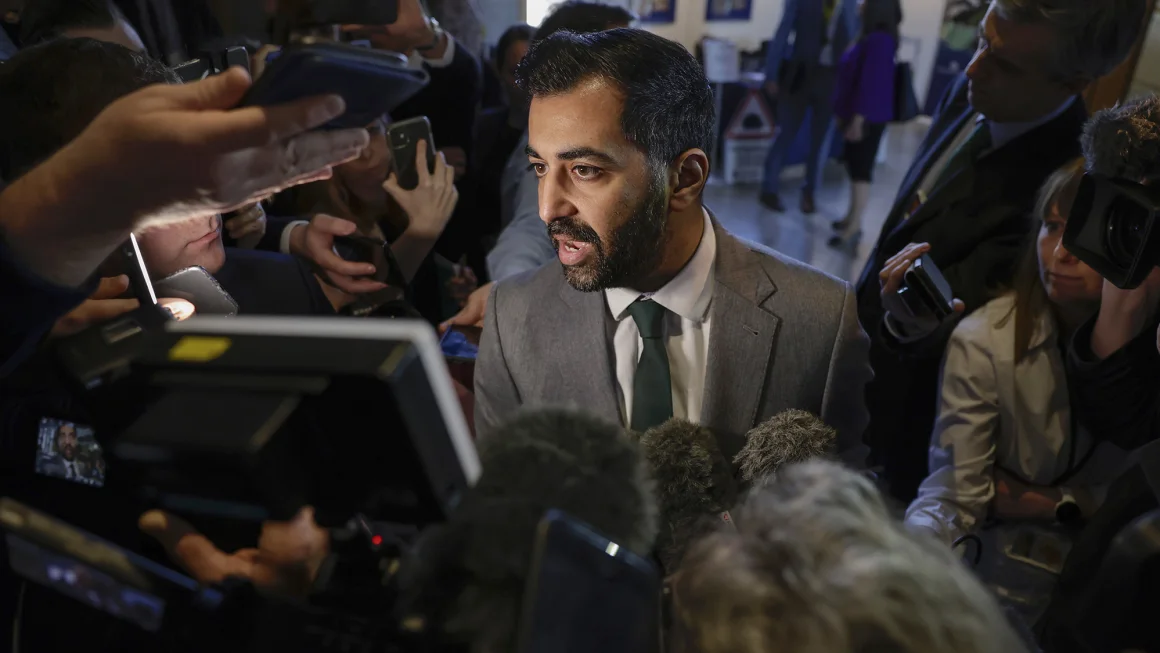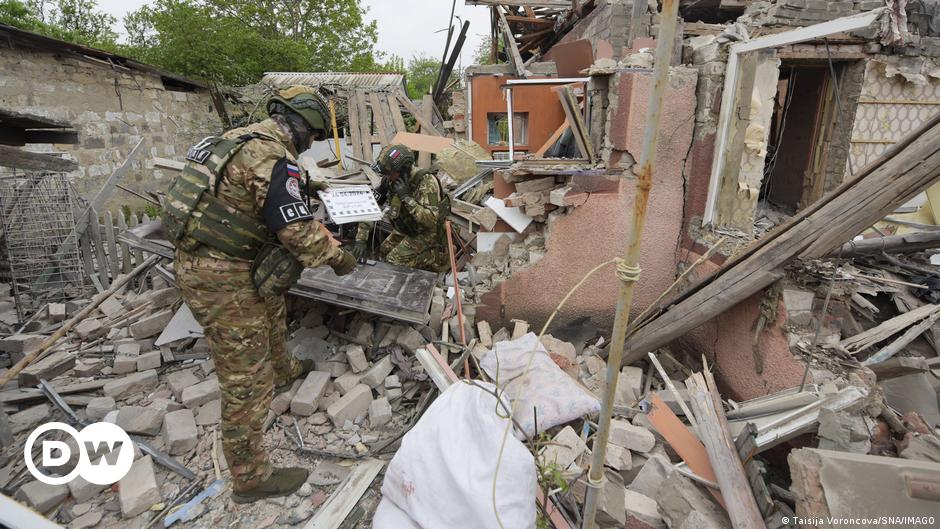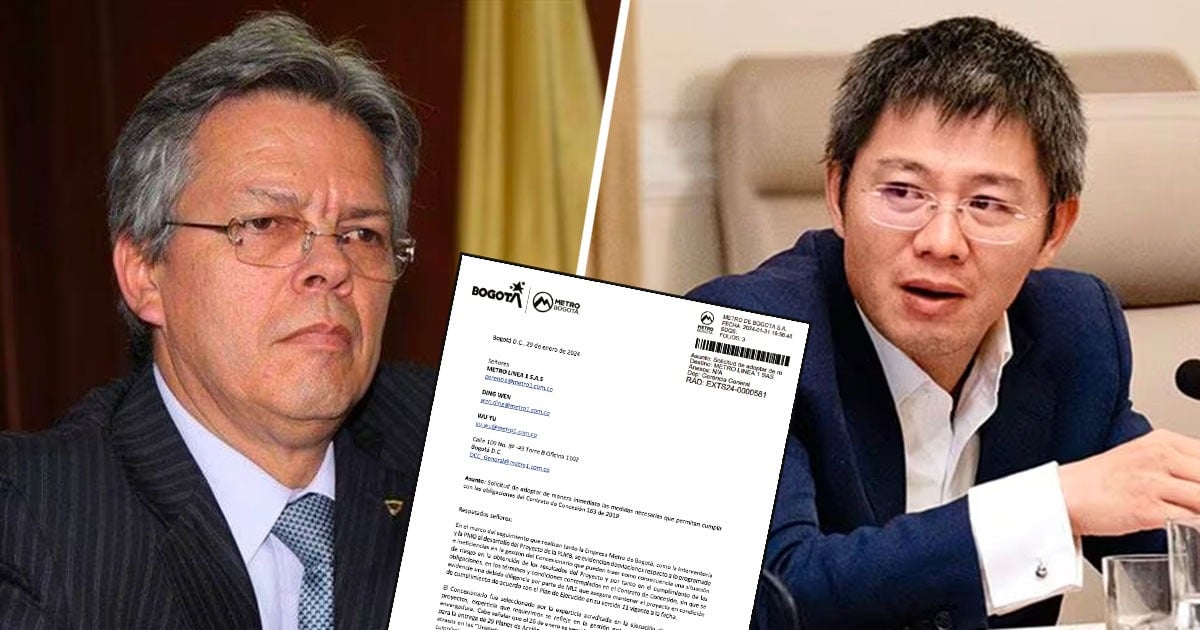Science is working on technology to detect Covid-19 over the phone

Building on a successful combination of detection technologies that resulted in field demonstrations and commercial launches for industrial surveillance, GE Research received a 24-month grant from the National Institutes of Health of the U.S. National Agency for Medical Research (NIH) to use the RADx-RAD program to develop Miniature sensors It can detect the presence of nanoparticles of the virus that generates COVID-19 on various surfaces.
“One of the first lines of defense against any virus is to avoid exposure. It is easier said than done when you cannot see it. “ Said Radislav Buteraello, chief scientist and investigator for the National Institutes of Health GE Research project.
“ Through our project with the National Institutes of Health, we are developing a sensor to detect the presence of COVID-19 small enough to be included in Mobile“he added.
“We all deal with different surfaces during the day, from computer screens and conference tables, to kiosks at the airport, and of course credit card machines in stores while shopping. While everyone is doing a great job keeping these surfaces clean, we want to add an extra layer of security with which we can Discovery of the presence of the virus that generates COVID-19, ”added Buterailo.
Over the past decade, Potyrailo’s detection equipment and GE Research have made great strides in developing Miniature sensor technologies It provides superior performance and detection capabilities similar to the advanced analytical tools found in a typical laboratory.
“We have developed tiny sensors that are smaller than the tip of a fingertip with the same detection capabilities as sophisticated analytical devices the size of a microwave oven,” Buterello said. “By providing this detection ability to an advanced traditional analysis tool in such a small factor, We can consider detection applications that can be implemented on surfaces such as mobile phones or even small devices. “, Handle.
Potyrailo noted that the innovative detection technology being developed is very reliable and good for detection without interference from other elements. “Our sensors are like hounds.”Potyrailo explained. “We train them to discover a certain thing, and they can do that without anything else diverting them from their goal,” he said.
As part of a two-year project, the detection team will demonstrate the reliable detection of some nanoparticles of interest, such as those related to covid-19, in the presence of different types of interference.

“Award-winning zombie scholar. Music practitioner. Food expert. Troublemaker.”


/cloudfront-eu-central-1.images.arcpublishing.com/prisa/AHVYMMDSTZDTDBFNZ3LMFUOKNE.jpg)








